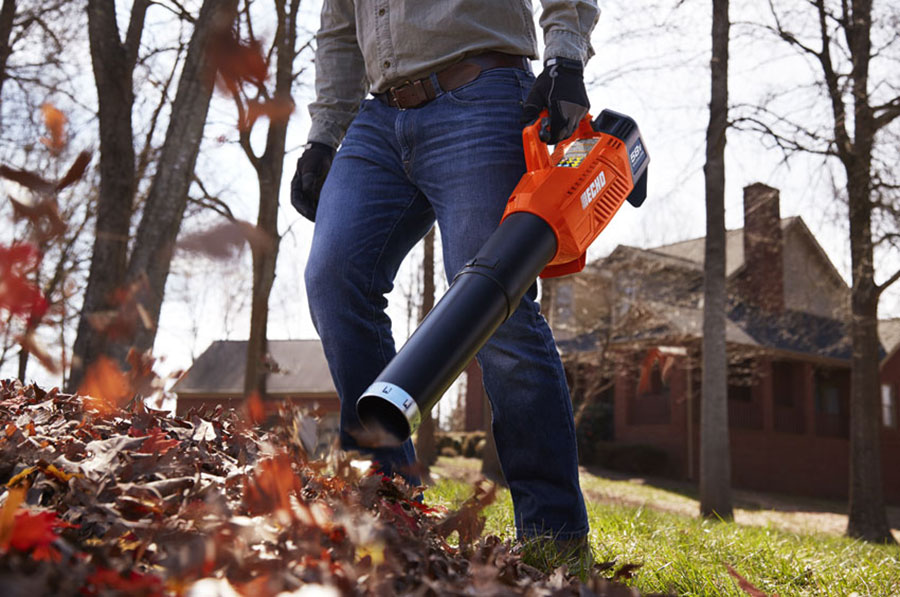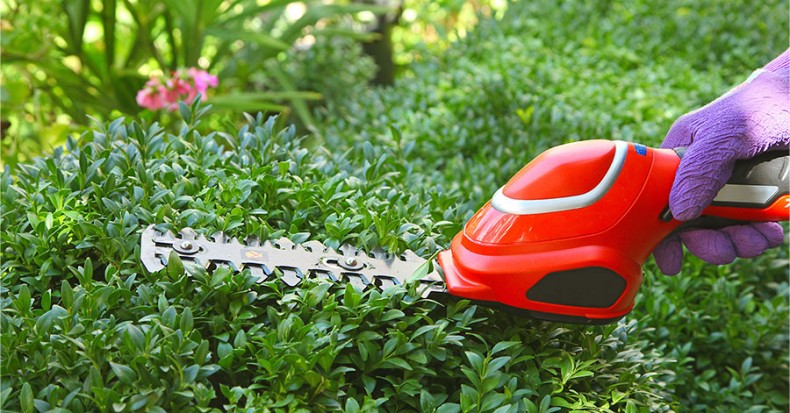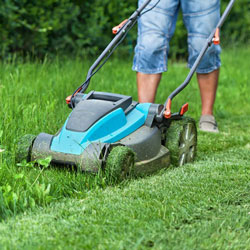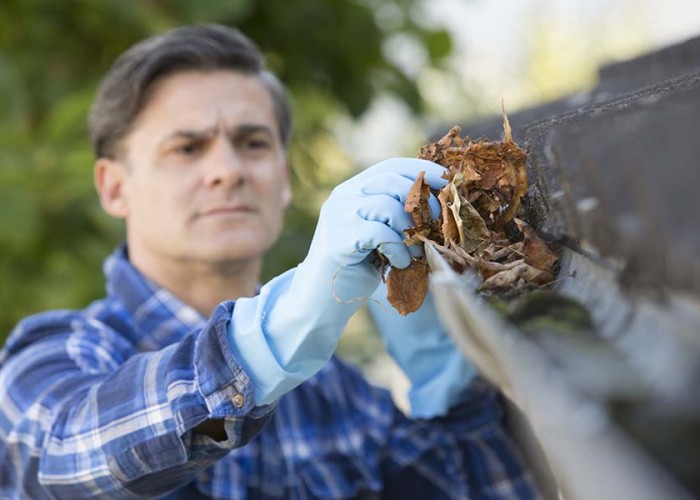Battery Powered Yard Tools
Do they make the cut? Consider these pros and cons.
By Hannah McKenzieQ: I am looking for ways to simplify yard chores, and a battery-powered leaf blower and trimmer seem to fit the bill. What are the pros and cons of using electric equipment to maintain my yard? What considerations should I keep in mind?
A: Seeing more battery-powered yard tools for sale in recent years is exciting! In addition to leaf blowers and string trimmers, battery-powered hedge trimmers, edgers, leaf vacuums, cultivators and even chainsaws are available. (Not to mention mowers — see “Mowing with Electricity” on page 24 of our April issue.) There are a number of compelling benefits:
- Easy maintenance. Battery-powered equipment needs only routine cleaning, proper battery storage and charging, while 2-cycle engines need fuel, oil, filters, tuning and a knowledgeable caretaker.
- No exhaust. We all can attest to the smelly, headache-inducing exhaust fumes from 2-cycle engines. Even the best-selling 2-cycle engine leaf blower emits nearly the same amount of exhaust in one hour as a 2016 Toyota Camry being driven 1,100 miles, which is like driving from Murphy to Manteo and back. Some professional lawn maintenance companies are transitioning to electric equipment to lessen the health impacts for their crews.
- Low cost. The energy needed to charge these batteries varies and will likely go unnoticed on your household power bill. Still, unplug chargers when they are no longer actively charging batteries. Gas or premix fuels are not needed for these battery-powered options.
Using battery-powered equipment isn’t all sunshine and roses, however. There are a few downsides to consider:
- Battery life limitations. Average battery life is 30 minutes, which might be enough to leaf-blow a quarter acre. Ask about the battery run time for your applications.
- Charge time. Battery charging time can range from one hour to half a day. Check product details before purchasing tools.
- Battery replacement. Replacing batteries may be an aggravating hurdle. While a 2-cycle engine can be serviced and repaired for a decade or more, some batteries will not last more than five years before needing to be replaced. Most large home improvement stores offer battery disposal for free.

As with any expensive purchase, it’s important to compare products. Consumer Reports and Popular Science have thorough videos, reviews and information about the dizzying variety of brands and products available. The main things to consider are:
- Your needs. What is the size of the area you are maintaining? What are you trying to cut, blow or trim? How comfortable are different models? What sort of battery-powered equipment do you want? Does the equipment have interchangeable batteries?
- Batteries. How long will a battery last when in use? How long will it take to charge? Will it need charging during the off-season?
- Warranty. How many years is the product covered?
Care and Feeding of Your Batteries
Lithium-ion batteries deteriorate in cold temperatures and typically need to be stored between 40 and 80 degrees Fahrenheit. Confirm the specific temperature ranges for your batteries in the user manual, and designate a suitable year-round storage location.
Off-season charging may be needed. The user manual will indicate whether a battery should be charged at least every two months or can be left collecting dust all winter.
Consider mowing with electricity and weigh the benefits of using an electric lawn mower.
Mowing with Electricity-
More ways to spruce up your home
-
Share this story:







